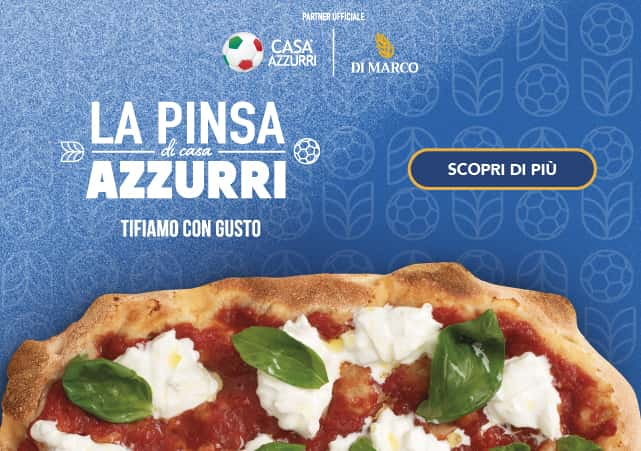The subject of food preservation is fundamental to the food industry, and the production of pinsa is no exception. The need to provide safe, high-quality food to the end consumer is in fact primary not only for the producer, but for all the stakeholders in the supply chain. Preservation plays a critical role in this process.
About the conservation of pinsa, many people wonder whether it is better to store it in the refrigerator or at room temperature, or whether there is also a frozen version. In this case, it is then important to distinguish between frozen and deep-frozen. Furthermore, what happens if you open the pack of Nuvola and then, for any reason, you cannot consume it immediately, or rather after the required five minutes of cooking?
In this article we will try to provide all the basic information on how to store pinsa correctly and how to correct mistakes or simple mishaps.
Preserving food: the great ally is cold
Any organic substance is subject to deterioration as its components undergo a more or less quick chemical alteration, depending on the storing conditions and the type of food. The main accelerators are air, water and light.
There are important differences among oven products, but most people are aware of the rapid hardening of ordinary bread due to the loss of moisture and the concomitant hardening of starch. Moreover, bread is vulnerable to mould.
- Processes such as freezing or deep-freezing food tend to stop, or rather slow down, the growth of microorganisms and enzyme activity that causes the deterioration of the organoleptic characteristics and the spoiling of food.
- With the freezing process, which can easily be carried out with a household freezer, food is brought to a temperature of between -7°C and -12°C, or up to -18°C for meat and fish. This is an effective method of prolonging food preservation, but it involves the loss of some organoleptic properties. Even frozen, food is unlikely to keep for more than a few months.
Deep-freezing, on the other hand, is a regulated industrial process that aims to bring food down to temperatures below -18° in the shortest possible time. It is also referred to as blast chilling (negative) to emphasise the speed of the process. Deep-freezing enables food to be preserved for longer and without the loss of nutritional qualities. Obviously, the cold chain must be maintained along the entire supply process from production to the point of sale.
Storing pinsa: up to 18 months if frozen
The shelf life of Di Marco pinsa depends on the type of product and the product line to which it belongs.
For the hospitality industry, i.e. for the catering industry, Di Marco offers a complete line of bases made using a manual process and totally preservative-free. The absence of preservatives means that it is necessary to resort to deep-freezing; in fact, these bases are previously blast-chilled to -18° degrees and, if the cold chain is preserved, can be stored by customers for up to 18 months.
Storage of Nuvola: refrigerated or Ambient?
The preservation of Nuvola products destined for end consumers and sold large-scale in stores is handled differently. Nuvola is not subjected to deep-freezing, but is instead kept in the refrigerated counters in two versions: Classica and Multicereali. In addition to this, the Classica version can also be found on the baked-goods shelves in the Ambient version. In both cases, the product is packaged in a modified atmosphere to guarantee freshness and a longer shelf-life, without the use of chemical preservatives.
Fridge Nuvola, in both the Classica and Multicereali versions, can be stored in the refrigerator at a temperature between 0°C and 4°C. The Ambient version, on the other hand, can be stored at room temperature, but it is still important to check the expiry date and store the product in a cool, dry place.
Nuvola Ambient is easier to display at the point of sale and does not take up space in the fridge at home, leaving room for other foods. What makes it different from refrigerated products is the addition of sorbic acid, a natural preservative that guarantees long shelf life without altering the taste, texture and freshness of the product. Again, Nuvola is packaged in a modified atmosphere precisely to prolong its shelf life.
Does Nuvola keep once opened?
Finally, what happens if by chance we open the Nuvola package and, for any reason, we cannot consume it immediately? Or, an even more common case, if we buy the two-pack but can only eat one at the moment?
Certainly, we must not throw anything away, but we must be aware that we must consume it soon. In the meantime, there are at least two possibilities to extend the conservation time:
- In the refrigerator, sealing the product with food film. However, it is important to consume the pinsa within a few days;
- Vacuum technique, if you have the right machine. In this case, you must be careful and keep some air in the bag to prevent the base from spoiling.


